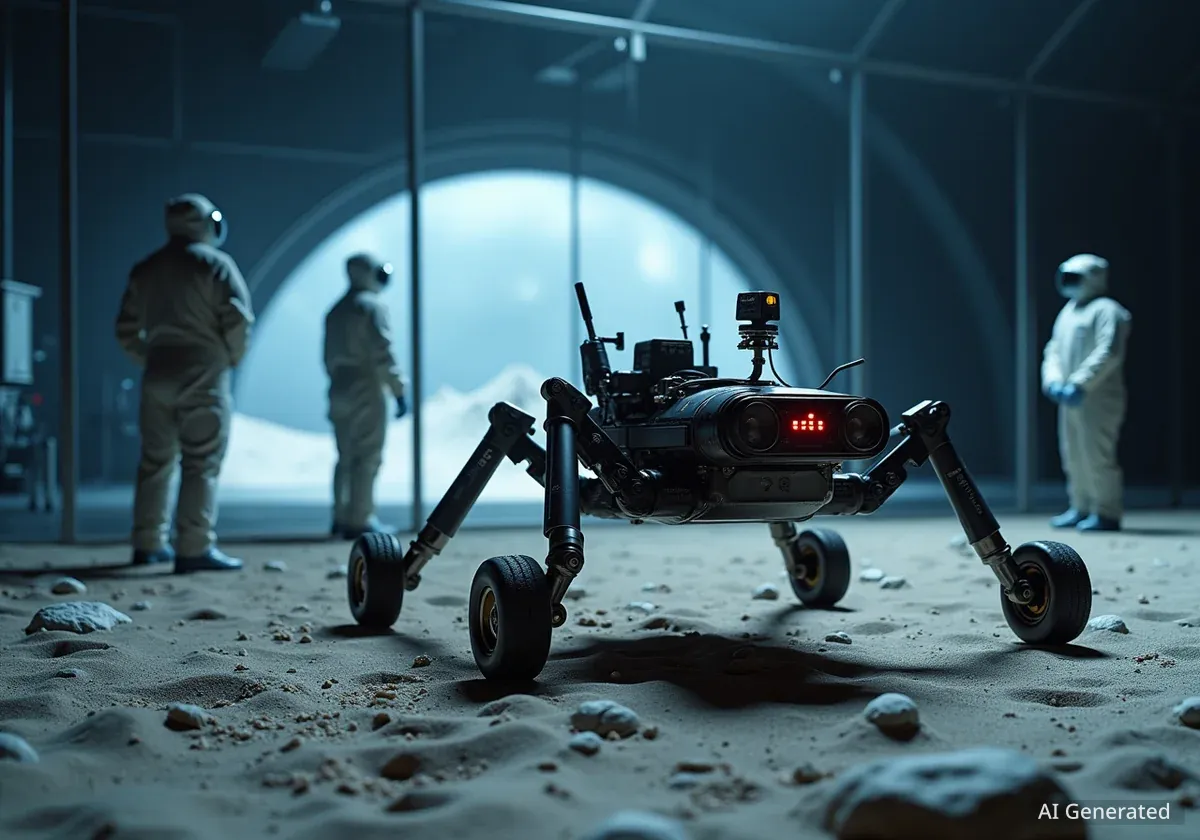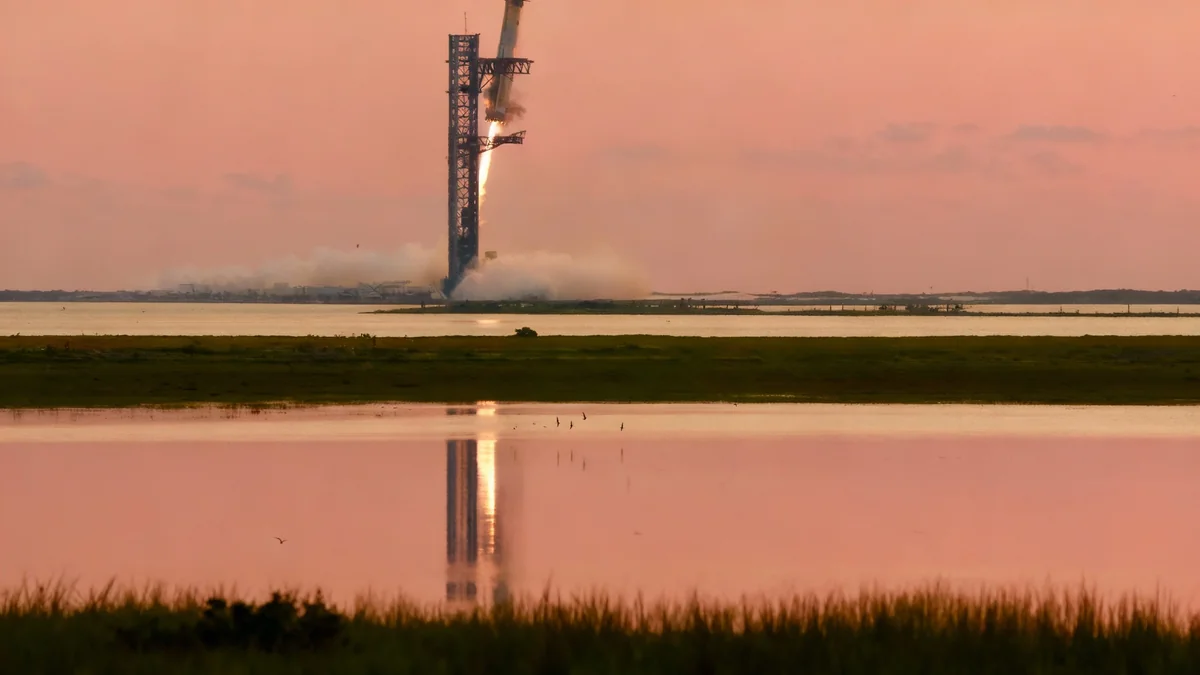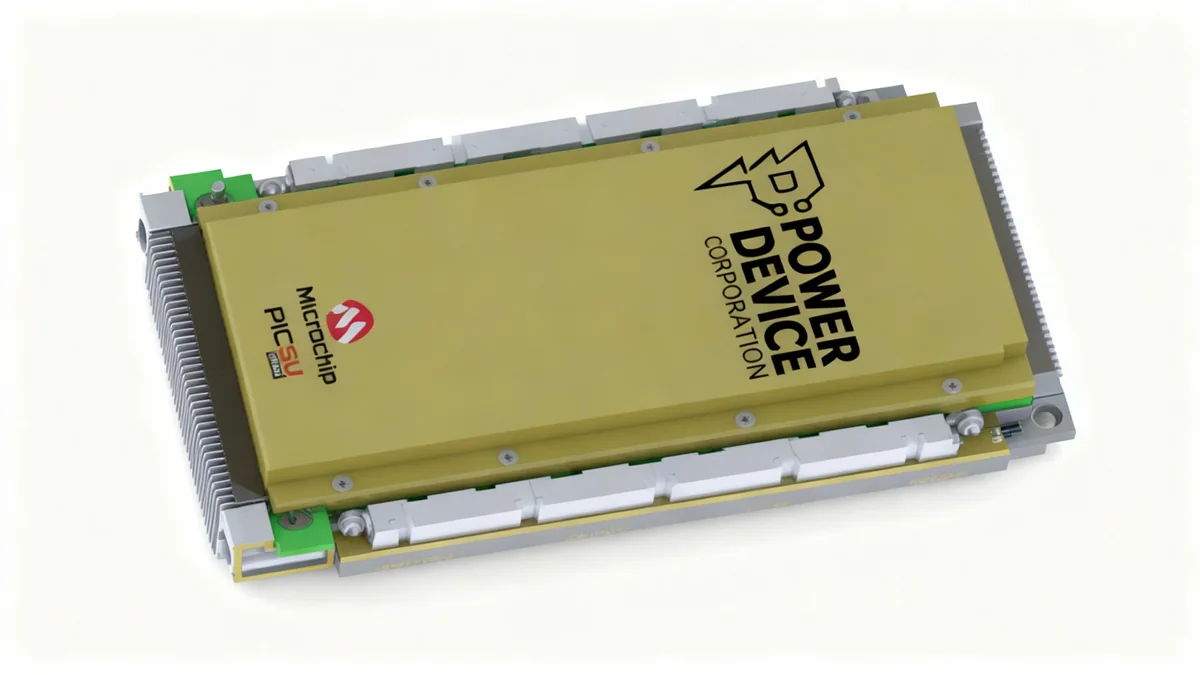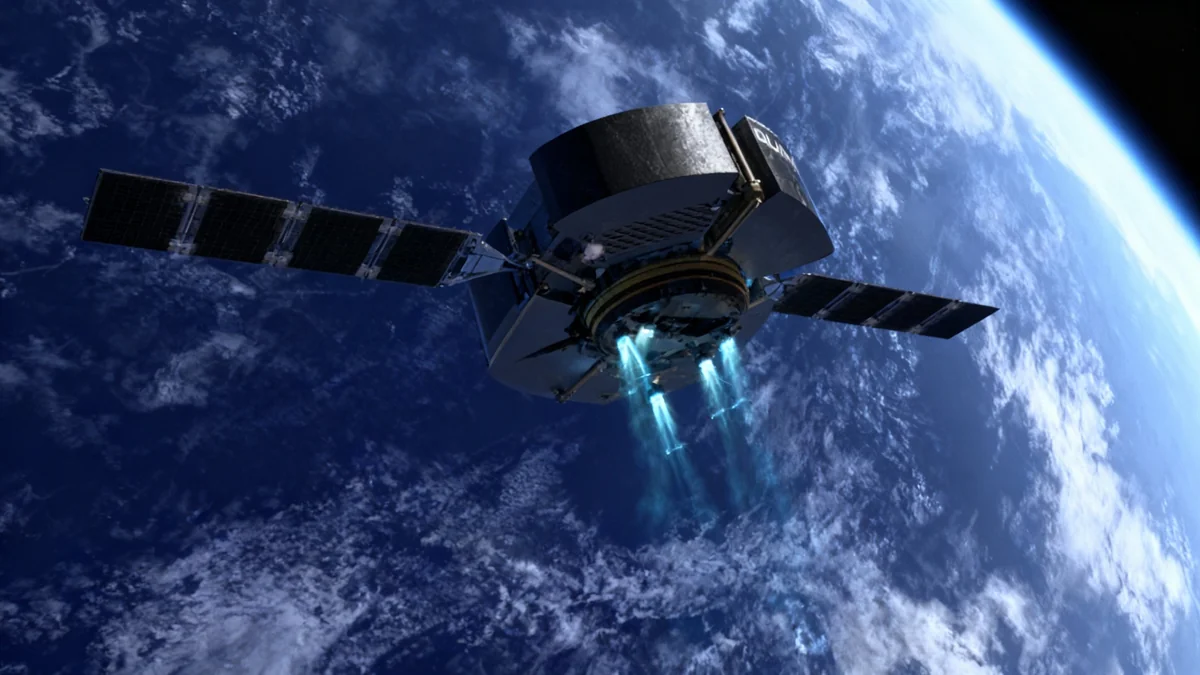In a sprawling, dust-filled facility in Cologne, Germany, designed to mimic the lunar surface, a new generation of robots has been put to the test. Eight international teams recently competed in the European Space Agency's (ESA) Space Resources Challenge, demonstrating innovative systems designed to dig, sort, and process lunar soil to extract life-sustaining oxygen.
The competition, held at the newly inaugurated LUNA facility, marks a critical step toward establishing a sustainable human presence on the Moon. The technologies developed here could one day reduce our reliance on costly supply missions from Earth by using the Moon's own resources.
Key Takeaways
- Eight teams from six countries competed in the ESA's second Space Resources Challenge to develop lunar resource technology.
- The challenge focused on creating robotic systems to collect lunar soil (regolith) and prepare it for oxygen extraction.
- Final tests were conducted at the ESA-DLR LUNA facility in Germany, a specialized environment that simulates lunar conditions.
- The winning team will receive a development contract to bring their concept closer to being used in future Moon missions.
A Glimpse into a Lunar Future
The scenario for the challenge was set in the 2040s: a 30-day mission for eight astronauts at the Moon's South Pole. Their survival depends on autonomous systems that can produce oxygen from the lunar regolith. This concept, known as In-Situ Resource Utilisation (ISRU), is considered essential for long-term space exploration.
Participating teams were tasked with designing and building robotic systems capable of navigating the harsh, simulated lunar environment. Their machines had to excavate regolith simulant, sort the particles by size to optimize them for oxygen extraction, and perform these tasks either autonomously or through remote control.
The event is a collaboration between ESA, the Luxembourg Space Agency, and the European Space Resources Innovation Centre (ESRIC). It aims to accelerate the development of practical technologies that turn theoretical concepts into mission-ready hardware.
What is In-Situ Resource Utilisation (ISRU)?
ISRU is the practice of collecting, processing, storing, and using materials found or manufactured on other astronomical objects (like the Moon or Mars) that would otherwise have to be brought from Earth. On the Moon, this includes extracting oxygen from rock, mining water ice from shadowed craters, and using lunar soil to 3D-print habitats and tools.
Testing Ground: The LUNA Facility
The competition's final stage took place at LUNA, a state-of-the-art analogue facility located next to ESA’s European Astronaut Centre. This controlled environment provided a realistic testbed, complete with lunar-like terrain, lighting conditions, and the ever-present challenge of fine, abrasive dust.
Over several days, the teams deployed their rovers and processing units, facing real-world operational pressures. They had to manage remote communications, navigate uneven ground, and prevent their mechanisms from clogging with the fine simulant dust.
"The Space Resources Challenge is more than a competition—it’s a glimpse into the future of lunar exploration. Hosting it at our LUNA facility gave teams a unique chance to test their technologies in a Moon-like environment, complete with dust, terrain, and operational time pressure."
Cowley, who served as a technical lead for the challenge, emphasized the value of such hands-on experiences. He noted that seeing different teams develop functioning solutions under these conditions provides invaluable information for preparing for sustainable missions on the Moon.
Why Sort Lunar Soil?
Oxygen is abundant on the Moon, but it's chemically bound within minerals in the regolith. The extraction process, often involving electrolysis, works most efficiently with particles of a specific size. Sorting the collected soil ensures the machinery can produce oxygen as effectively as possible.
Diverse Approaches to a Common Problem
The eight competing teams brought a wide array of engineering solutions, showcasing the creativity driving the new space race. While all aimed to dig and sort regolith, their methods varied significantly, highlighting different philosophies in robotic design.
Highlights from the Competition Floor
The teams, hailing from Canada, Denmark, Germany, Luxembourg, Poland, and the United Kingdom, faced numerous on-site challenges that required quick thinking and adaptation.
- Team AGH (Poland): Developed a system with a screw-based digger and a multi-level sifter using screens and rotating brushes. Despite a tilt control issue, they successfully processed over 20 kg of regolith.
- Team ASTROLITH (Canada): Their rover, Kirb-e, used a powerful mechanical shaker and a gravity-powered sieve. The team overcame remote operation issues and even a flipped rover to complete their mission.
- Team BREMEN (Germany): This team from DLR and DFKI used a rover with rotating shovels that funneled material into a rotary sieve. They successfully processed large quantities of simulant.
- Team CRADLE (UK): A collaboration between the University of Manchester and Amentum, their modular system separated digging and sorting into two units. It ran successfully for two and a half hours.
- Team FZI DUST (Germany): Their wheeled robot combined digging and sorting in one mobile unit to reduce dust contamination at a potential lunar base. They achieved high-purity output despite a component getting stuck.
- Team IPRL-API (UK): This startup from Imperial College London designed an energy-efficient rotating drill (an auger) that lifted and sorted soil simultaneously.
- Team LuMA (Luxembourg/Denmark): This consortium created a fully 3D-printed system. They adapted on-site after facing communication losses and clogging issues.
- Team TUBular (Germany): PhD students from TU Berlin designed a rover that collects soil in a rotating tube, which then serves as storage before transfer to a stationary sieving unit.
These real-time troubleshooting moments were a valuable part of the experience, mirroring the types of unexpected problems astronauts and mission controllers could face on the Moon.
The Path Forward
With the field tests complete, ESA will now evaluate the performance of each team. The most promising concept will be awarded a development contract to help mature their technology for potential use on future lunar missions. The winner is expected to be announced at the end of November 2025.
This competition is not a one-off event. The Space Resources Challenge is planned to return every three years, with each new edition tackling a different segment of the ISRU value chain, from water extraction to manufacturing.
As Europe and its international partners prepare for a sustained human presence on the Moon, initiatives like this are crucial. They bridge the gap between ambitious ideas and the rugged, reliable technologies needed to survive and thrive on another world.





